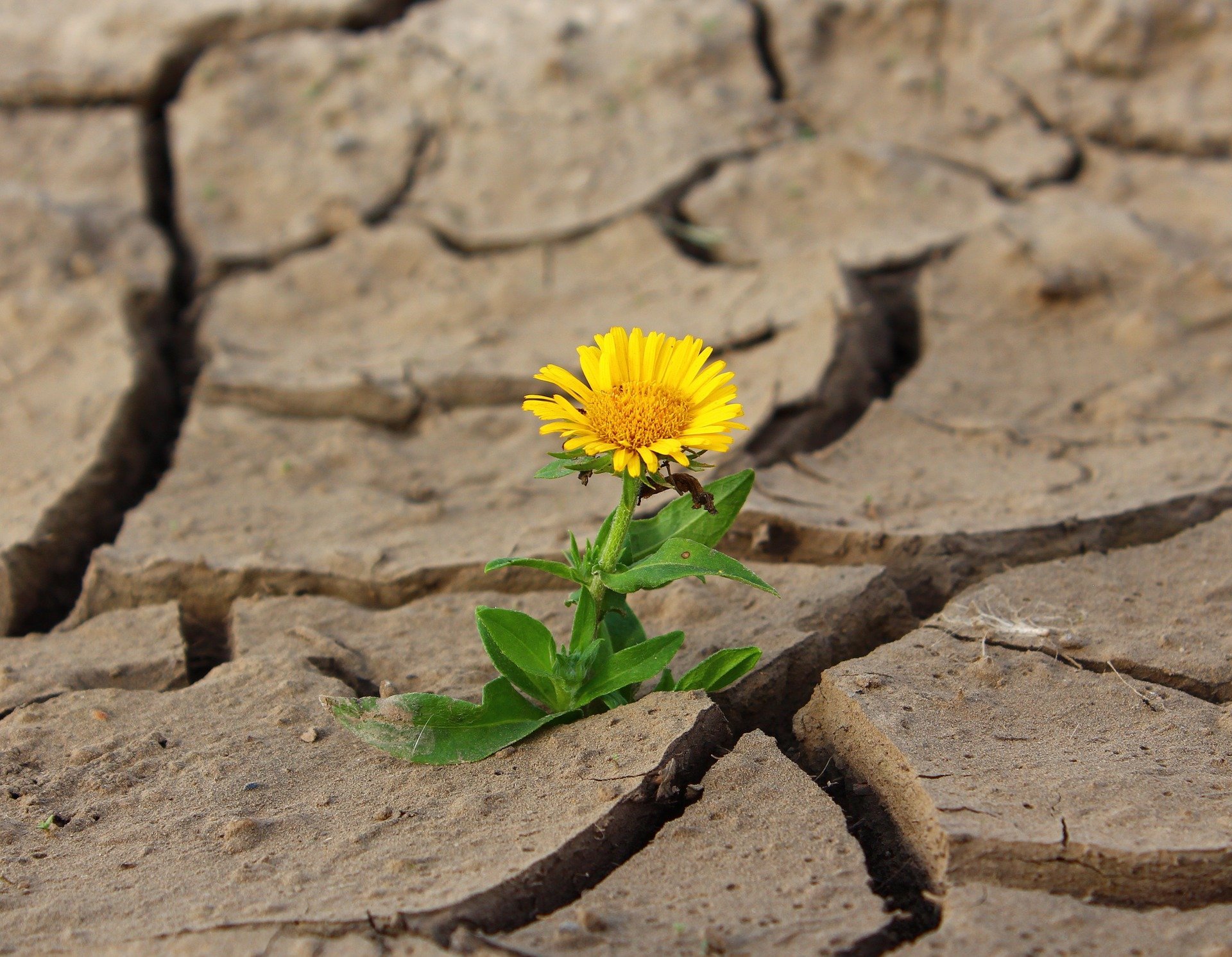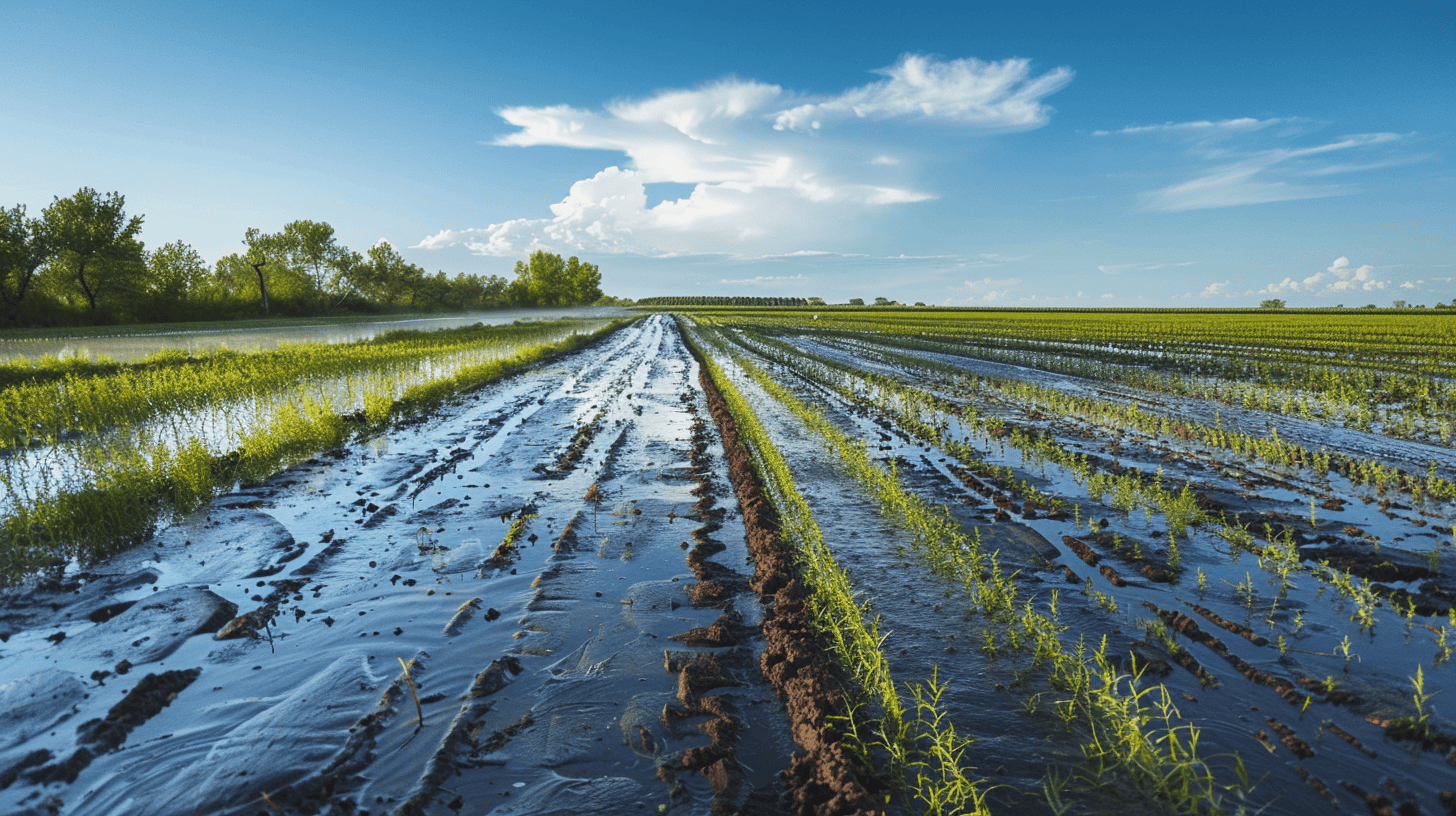
As drought increases, water becomes scarcer. Groundwater is also becoming more scarce. Last month, an alarming study was published which showed that the Brabant countryside is thirsty and that it needs a lot more water to survive. Even though we have been pumping up a surplus of groundwater in Eindhoven for years now in order to keep our feet dry. Yet despite the fact that the Brabant countryside’s thirst cannot be quenched this way, it is high time we found an innovative and sustainable solution to Eindhoven’s groundwater surplus.
What is groundwater actually?
To put it very simply, groundwater is water that is in the ground and that you normally don’t see. If you dig a deep hole, you’ll find groundwater.
Usually, this water comes from rainfall. Rainwater flows directly (via infiltration) into the soil or indirectly via ditches, lakes, and rivers.
Water sinks between the grains of sand, pebbles, or clay down to a bottom layer that prevents water from passing through. Above that soil layer, the soil becomes ‘saturated’ and contains groundwater, Just like a full sponge, no more water can be added to it.
Much of our drinking water comes from groundwater sources. Groundwater is also very important for animal and plant life; in the wild, in your own garden, and in agriculture.
Is Eindhoven really pumping up surplus groundwater?
The Woensel district of Eindhoven was for the most part built during a period when Philips pumped up a lot of groundwater for its industrial activities at the Vredeoord complex. When these industrial activities were phased out, the need for processing water dropped dramatically. However, suddenly ceasing to extract groundwater could have had adverse effects on the foundations of the houses in Eindhoven North and lead to flooded basements.
Talks have been held since 2001 between Philips, the Municipality of Eindhoven, district Water Board De Dommel, and the Province of North Brabant about the options for discontinuing this extraction and the consequences of doing so. Philips kept up with the extraction until 2007 and discharged the water that was no longer used back into the sewer system. Philips received financial compensation for this.
Thankfully, since the end of 2007, groundwater pumped up at Vredeoord is no longer discharged into the sewers. Instead, it is emptied into surface water (i.e. the Groote Beek river). Groundwater is only extracted when the groundwater levels are in danger of becoming too high; usually only in the period from October to May. The costs of pumping up the groundwater are borne by Brabant Water, district Water Board De Dommel, and the Municipality of Eindhoven.
It goes without saying that discharging this water into surface water and channeling it into the Groote Beek river is not the most sustainable solution. Especially if we have to contend with such a severe shortage of water elsewhere in Brabant.
Brabant wildlife is thirsty
Four wildlife organizations have commissioned research bureau Deltaris to calculate how much groundwater Brabant’s wildlife areas need in order to survive. They have come up with no less than 60 million cubic meters per year. In order for wildlife areas to be able to access the groundwater, the groundwater levels in various wildlife areas must also be structurally raised so that the required water can also end up in plants’ root zones. This will require an additional 350 million m3 of groundwater. All that extra water is not yet readily available, because nature is not the only one that needs water to survive. The scarce groundwater is also needed for drinking water extraction, industry ( e.g. soft drinks companies), and agriculture.
In Brabant, a permit is required for the use of groundwater which has an annual volume of 150,000 cubic meters or more. In total, approximately 270 million cubic meters worth of permits are issued annually in Brabant. Of which around 200 million cubic meters are for drinking water, 35 million cubic meters for agriculture, and 35 million for industry (including drinking water companies) and other things. That 270 million cubic meters of groundwater also amounts to about the same volume of groundwater that is annually replenished by rainwater. Consequently, in the current situation, there is not enough groundwater available for wildlife areas. This is evident because many natural areas (wet forests, meadows, and fens) are in dire straits. But even agriculture is increasingly confronted with drought.
A sustainable solution for the scarcity of groundwater in Brabant?
This means that Brabant faces a huge challenge when it comes to retaining more rainwater and hence prevent that from draining into the North Sea via streams and rivers. And to use less water as well.
Approximately 80 percent of rainfall in Brabant is carried out to sea via ditches, canals, and brooks down the Maas River because the Netherlands has historically been dedicated to averting any water surpluses. Only 20 percent of rainwater sinks into the ground and replenishes groundwater.
So, one solution for the thirsty countryside of Brabant is not so hard to come up with: Hold on to more rainwater. This can be done, for example, by closing off ditches to collect rainwater. Even vital (agricultural) soil is capable of storing a lot of water.
Naturally, saving water can also form part of the solution. By reducing agricultural irrigation, industrial extraction, and by avoiding wasting drinking water (car washing, garden spraying). Although it is also wise to think about this issue in plans for the (re) development of new and existing wildlife areas.
Sustainable solution for groundwater in Vredeoord?
As such, the shortage of (ground)water is considerable. And yet we have been pumping up groundwater surpluses in Eindhoven for years already in order to keep our feet dry.
As mentioned before, this surplus of groundwater is just a drop compared to the huge shortages in Brabant. Nevertheless, that is obviously no reason to leave the situation at the Vredeoord complex as it is. After all, in our innovative region, it should be possible to give this pumped-up groundwater a better use? Who will be the ones to figure out a solution?
About this column
In a weekly column, alternately written by Wendy van Ierschot, Eveline van Zeeland, Eugene Franken, Jan Wouters, Katleen Gabriels, Mary Fiers, and Hans Helsloot, Innovation Origins tries to figure out what the future will look like. These columnists, occasionally joined by guest bloggers, are all working in their own way on solutions to the problems of our time. So that tomorrow is good. Here are all the previous articles.








